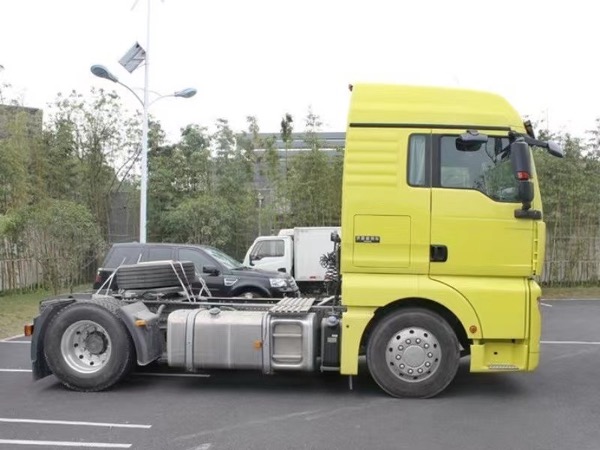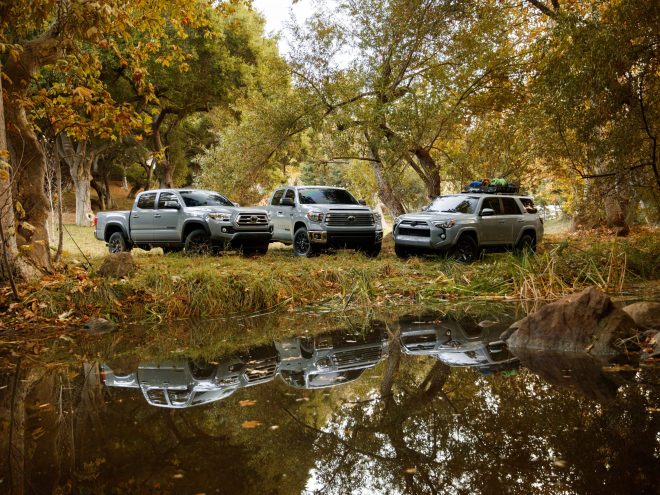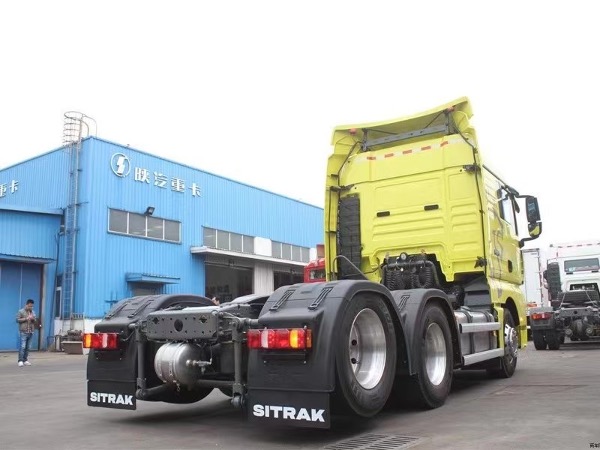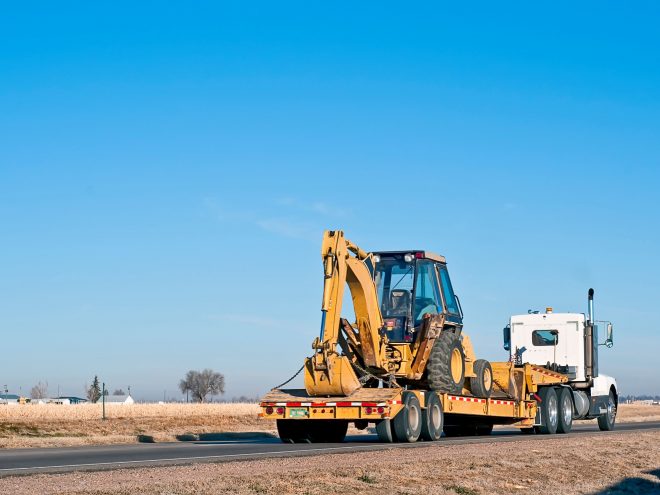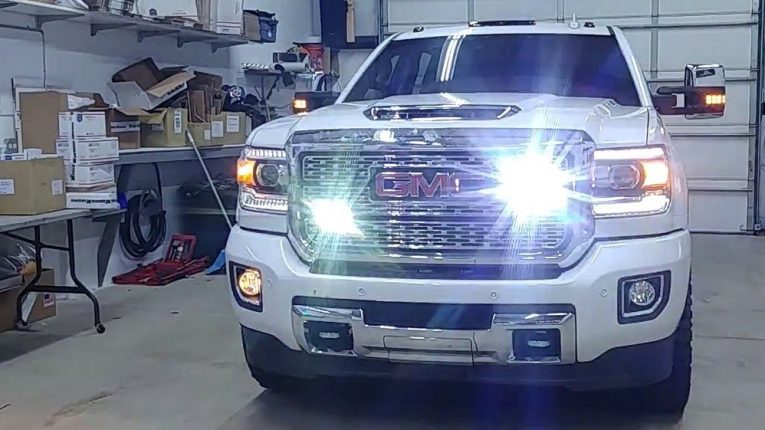
Trucker Safety during High Winds
A truck accident is one of the most severe consequences that could stem from high winds. This is often a result of a drivers’ inability to see through their windshields due to wind-slicked street conditions. It is essential for you, as a driver, to take precautions and avoid any accidents that may result in unnecessary injury or death. Here are safety tips for truck drivers during high winds.
Check Wind Conditions When Planning a Route
When planning your route, you must be aware of any high wind advisories in a given area. The National Weather Service (NWS) will post a high wind watch or warning indicating whether you should consider changing your route. If a high wind watch is issued, expect winds to reach speeds above 58 miles per hour within the next 12 hours. Winds over 58 miles per hour are too strong for trucks to handle and can be dangerous for truckers. Planning a route around high wind zones will reduce your risk of an accident.
Observe Road Hazards and be Aware of Your Surroundings
Winds that are above 58 miles per hour can cause severe street conditions, including blowing debris and fallen tree limbs. If the road is slick due to the wind, it could result in a traffic accident. Try to anticipate what may be a hazard on the roadway and slow down when approaching it. When driving, look around for areas that may be too dangerous to pass through safely.
Drive Slowly
Winds can let up very quickly when passing through an intersection or merge. If you are driving a large truck, you must slow down significantly when wind speeds exceed 58 miles per hour. Even small trucks need to be driven at a reasonable speed so that you don’t lose control of your rig or risk being blown around. If you slow down, you will have more time to respond to any road hazards and maintain a safe distance from other vehicles.
Drive Close to the Shoulder
Driving close to the Shoulder is an excellent way to reduce the likelihood of a crash. As a trucker, you are vulnerable when traveling on the highway. If a storm is approaching quickly, you may need to pass trucks parked near the roadside. This can be dangerous because you travel too fast and could lose control of your vehicle. Driving close to the Shoulder will help you avoid having an accident when traveling at high speed.
Stay Off the Interstate
Driving on an interstate highway is difficult during high winds because you will be forced to merge and maneuver around vehicles. If there is any sign that a storm is approaching, you should exit the interstate and use a surface road as an alternative. Do not travel in either direction on roads without exit ramps unless you are near a bridge with an overpass. This way, if high winds blow cars into your traffic lane, you can avoid being involved in an accident.
Pick Another Route
During high winds, consider changing your route to avoid some of the risks associated with travel. Many truckers will choose another route that is less dangerous and unlikely to result in an accident. If you have to drive somewhere and the weather looks dangerous, switch to a side road with less traffic. If the conditions are too hazardous, consider taking a completely different route altogether.
Wait It Out
When driving through high winds, it may be best to wait until the wind dies. If you are scheduled to drive in the middle of a storm, it may be best to delay your trip or wait out the storm at a rest stop. If the winds are too strong, you will likely be unable to drive safely. If high winds are forecasted, it is best to reschedule your trip for another time when conditions will be better. Waiting until the storm out will help you avoid getting stuck on the road without a place to stay overnight.
If a high wind watch is issued, you should take these safety measures as a precaution. If you are driving through high wind conditions, you must allow plenty of time to pass through at a reasonable speed safely. A truck accident could lead to severe injury or even death if the right prevention measures are not taken. Ensure that you drive safely, check road conditions ahead of time, and check on weather forecasts before attempting to travel.
